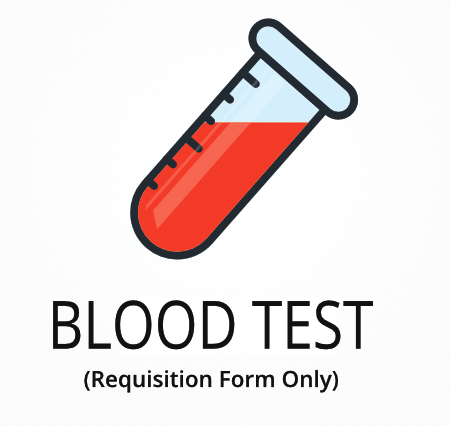Understanding the Zinc, Copper, Ceruloplasmin Test
Have you ever wondered how the balance of certain minerals in your body can affect your health? The Zinc, Copper, Ceruloplasmin test measures the levels of these essential elements in your blood. Interestingly, ceruloplasmin is not just a transporter of copper but also plays a role in iron metabolism. This test can help you understand:
- How well your body is managing these vital minerals.
- Whether you might need to adjust your diet or supplements.
- If there are any underlying conditions affecting your mineral levels.
Who Should Consider This Test?
If you’re feeling off and can’t quite put your finger on why, this test might be for you. People who are curious about their nutritional status or have been advised by their healthcare provider to monitor their mineral levels should consider it. It’s a simple way to gain insights into your body’s balance and take control of your health journey.
Preparing for Your Mineral Balance Test
Getting ready for the test is straightforward. You don’t need to fast, so you can eat and drink as usual. However, it’s important to contact your treating physician for any special preparations. They might have specific instructions based on your health history. Remember, being well-prepared can help ensure accurate results.
Labs Included in Your Order
| Test Name | Reference Ranges | Significance | Low and High Levels |
|---|---|---|---|
| Ceruloplasmin | Varies | Ceruloplasmin is crucial for iron metabolism and copper transport. It helps maintain the balance of these minerals in your body. | High: High levels of ceruloplasmin may indicate inflammation or liver disease.
Low: Low levels of ceruloplasmin can suggest Wilson’s disease or malnutrition. |
| Copper | Varies | Copper is essential for forming red blood cells and maintaining nerve cells and the immune system. | High: High levels of copper might be due to copper toxicity or liver disease.
Low: Low levels of copper can lead to anemia and bone abnormalities. |
| Zinc | Varies | Zinc supports immune function, wound healing, and DNA synthesis. It’s vital for overall health. | High: High levels of zinc can interfere with copper absorption and cause nausea.
Low: Low levels of zinc may result in weakened immunity and slow wound healing. |
Reference ranges can vary. For the most accurate and up-to-date reference ranges for this lab test, visit Quest Diagnostics.
Zinc, Copper, Ceruloplasmin FAQ
Is there Zinc, Copper, Ceruloplasmin testing near me?
You can find nearby draw locations for the Zinc, Copper, Ceruloplasmin test with our patient service center locator + mobile phlebotomy.
How often should I retest?
It’s generally recommended to retest every 6 to 12 months, depending on your health needs and your healthcare provider’s advice.
How accurate is the test?
TrueHealthLabs.com only partners with CLIA certified labs, ensuring high accuracy and reliability for your test results.
Are test results private and confidential?
Yes, your test results are private and confidential. We will upload them to your account, and you’ll receive an email notification when they’re ready. You should share them with your treating physician. Results may be disclosed to health authorities only if legally mandated. Please review our privacy policy for more details.
Medical Review Board
Reviewed by Jeff Donohue M.D. from Body Logic and Brady Hurst DC, CCCN. Written by True Health Lab’s team of editorial health contributors.
Disclaimer: This information is for educational purposes only and not intended as medical advice. Consult your healthcare provider for personalized guidance.
Why Customers Trust True Health Labs - What People are saying
Also rated 4.6 out of 5 based on 3452 ShopperApproved reviews- See all TrueHealthLabs.com reviews.








